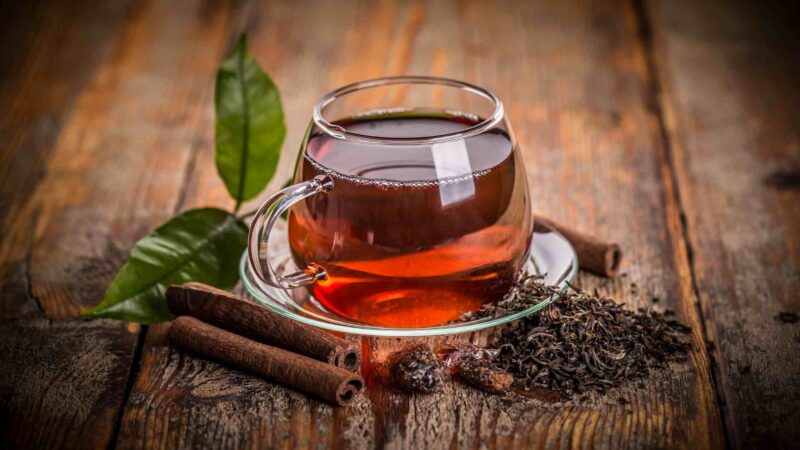What Is High Pressure Food Processing?
Have you ever found a piece of fruit or a cut of meat covered in mold, smaller in shape, or giving off a sour scent in your refrigerator? At that point, the item has deteriorated so much it’s unfit for human consumption.
Although food spoilage occurs from a number of sources, microorganisms (bacteria, mold, and yeast) and enzyme activity, also known as autolysis, are fairly significant forces in packaging and storage. Contamination results once a microorganism gets through the food’s surface, thus multiplying and releasing enzymes into the liquid surrounding.
Over decades, if not centuries, several approaches have been taken to preserve the food. High pressure processing, or HPP for short, has grown greatly as one method over the past decade. Not only does it extend the lifespan from two to three times that of non-pasteurized products, but HPP retains the full sensory and nutritional experience: color, texture, flavor, and vitamin and mineral content, which are often compromised with other food preservation methods.
Through applied pressure, HPP kills food-borne pathogens like salmonella, E. coli, and listeria in raw proteins and ready-to-eat meats; juices; sauces; cheese and dairy products; seafood and shellfish; and other meals and foods. The process uniformly applies 87,000 pounds of pressure per square inch once a food product is placed in flexible, final packaging.
To do this, the packaged food gets placed in a cylinder, which is inserted into a high-pressure chamber. From here, the chamber gets filled with clean water and has pressure applied by pumps. The isostatic pressure gets transferred from the product to the food, where it inactivates bacteria not only at the surface level but also within the interior. Because the process is conducted at a constant cold temperature, heat degradation – a possibility with thermal pasteurization – is eliminated.
As far as the food-borne bacteria are concerned, HPP ruptures cell walls, which destroys salmonella, E.coli, listeria, and other single-cell bacteria. At the same time, a significant concern for brands selling freshly-made products but wanting longer shelf life is the molecular composition, which affects the nutritional value and vitamin content. Although cells may be disrupted, the molecular level is insignificantly influenced, thus allowing a food product’s nutritional value, vitamins, minerals, flavor, taste, and color to remain unchanged.
Although high pressure processing continues to rise as a technology, it’s not universally applicable yet. Gram-positive microorganisms resist pressure more than gram-negative bacteria, yeast, and mold, and it’s considered a sounder solution for preserving high-acid content foods rather than low-acid products.






